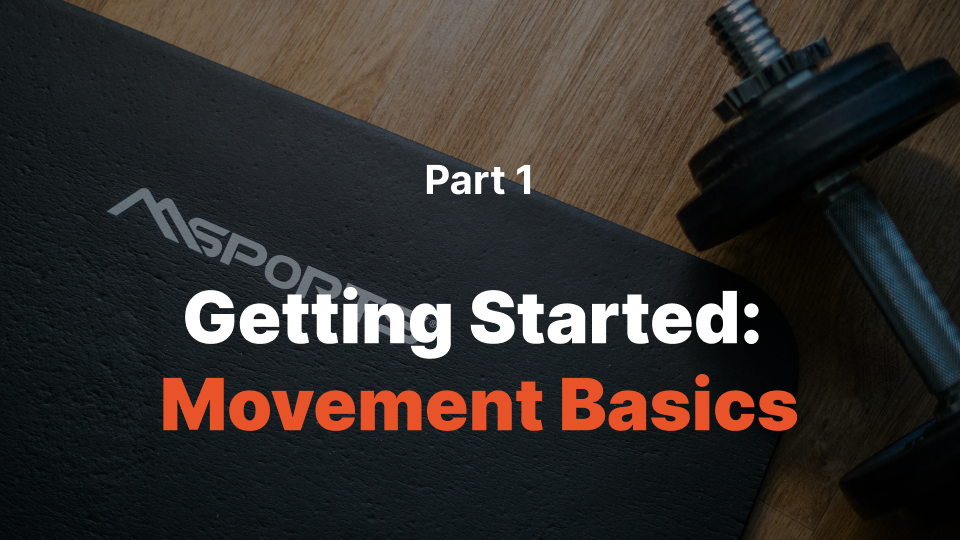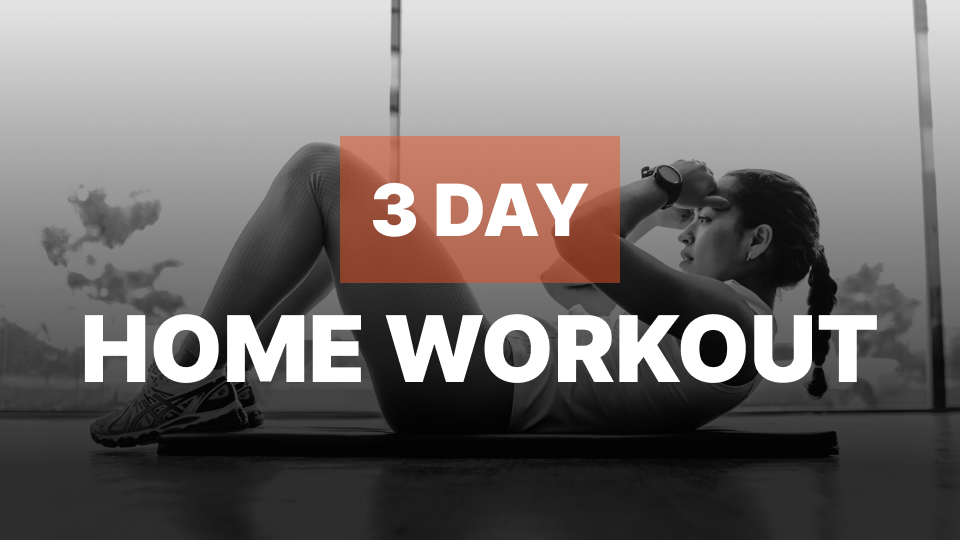Why Choose Reverse Lunges?
The Reverse Lunge is an excellent lower-body exercise that targets the glutes, quadriceps, and hamstrings, while also improving balance and stability. It's a safer alternative to forward lunges, reducing knee stress while effectively strengthening the legs and core.
Key Benefits of Reverse Lunges
- Lower Body Strength: Targets major muscle groups including glutes, hamstrings, and quads.
- Reduced Knee Strain: Reverse lunges place less strain on knees compared to forward lunges, making them suitable for those with knee concerns.
- Improved Balance & Stability: Requires engagement of core and stabilizing muscles to maintain balance throughout the movement.
- Functional Movement: Enhances performance in everyday activities and athletic movements that require stepping and balance.
Common Mistakes to Avoid
Ensure effectiveness and safety by avoiding these common mistakes:
- Shortened Step: Taking too small a step back limits the effectiveness of the movement and can put unnecessary stress on the front knee.
- Leaning Forward: Maintain an upright torso and avoid leaning excessively forward, which can reduce core engagement and strain your lower back.
- Knee Alignment: Keep your front knee aligned with your toes; avoid allowing the knee to collapse inward.
- Rapid Movements: Perform controlled, deliberate lunges to fully activate muscles and reduce injury risk.
Programming Tips
Ideal placement: Incorporate reverse lunges early to mid-workout after heavier compound movements like squats or deadlifts.
Rep ranges:
- Strength & Muscle Growth: 8–12 reps per leg
- Endurance & Stability: 12–20 reps per leg
Example workout:
- 3–4 sets of 10–12 controlled reps per leg, focusing on depth and stability.
Leverage Volym’s Auto Progression feature to progressively increase reps or weight safely, optimizing your leg development.
Pro Tips
- Controlled Descent: Lower yourself slowly to maximize muscle engagement and improve stability.
- Foot Pressure: Keep pressure evenly distributed on your front foot, especially through your heel, to better activate your glutes.
- Core Engagement: Maintain a tight core throughout the movement to enhance balance and protect your lower back.
Final Thoughts
Reverse Lunges are a versatile, effective lower-body exercise beneficial for building strength, balance, and stability. Emphasize proper form, controlled movement, and consistent progression to achieve powerful and balanced legs.
Reverse Lunges are often considered safer for knees and better for glute activation, while Forward Lunges may slightly emphasize quads.
Including Reverse Lunges in your routine 1–3 times per week can effectively build strength and improve stability.
Yes, beginners can safely perform Reverse Lunges by using bodyweight first, focusing on balance and correct form before adding resistance.
Using weights such as dumbbells or kettlebells can increase intensity and promote greater muscle growth once comfortable with bodyweight lunges.
Reverse Lunges primarily engage the glutes, quadriceps, and hamstrings, while also activating core stabilizers.




